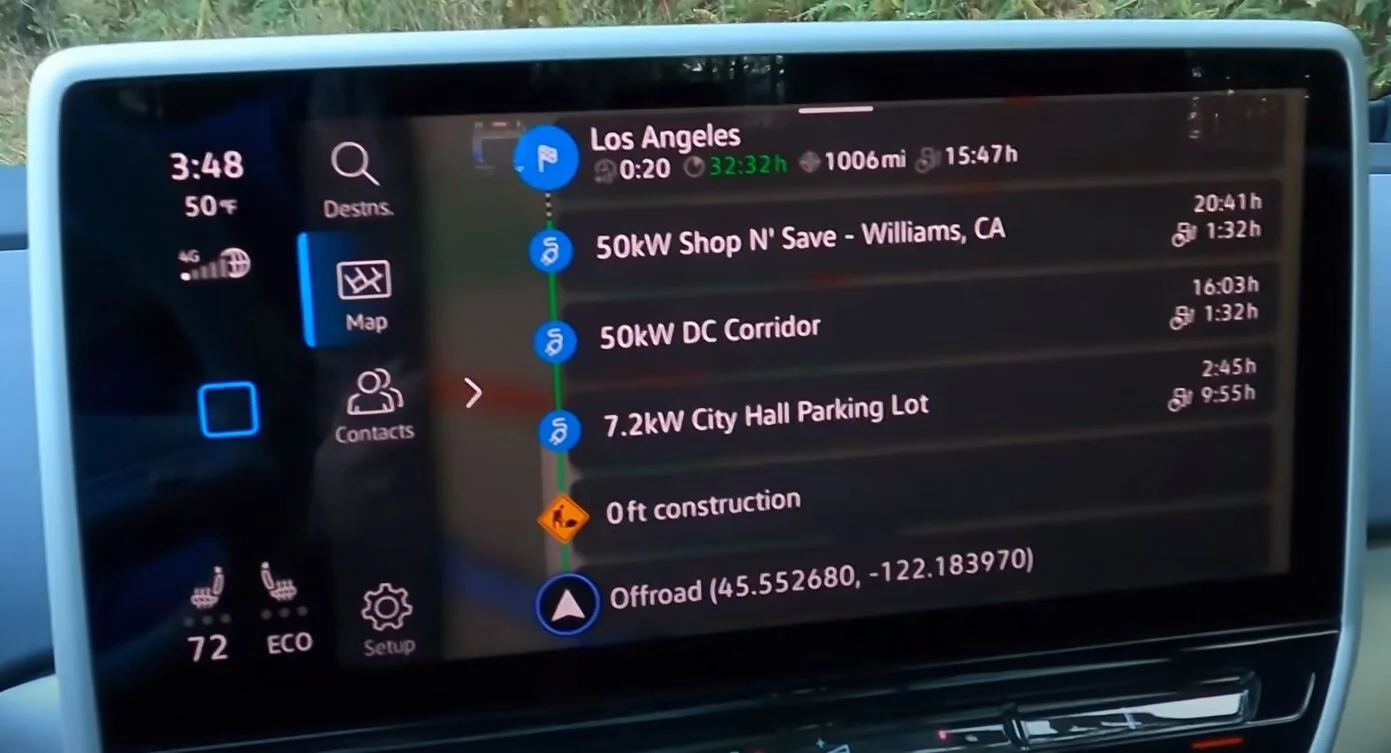On the State of EV (Non-Tesla) Interaction
July 2021
In acknowledgement of Stellantis’ late but substantial $35.5 billion electrification investment, I want to offer some simple advice. Learn from the mistakes of others and over index on creating a relevant and reliable charging experience. Do not design systems that only efficiently display information, absent of consideration of context and driver mindset or perception.
Unfortunately, too many features and capabilities that are “going out the door” in contemporary EVs are only half baked and the stakes are definitely higher than they are in the ICE (internal combustion) product space. These features check the box for fulfilling their requirements, but miss the boat when it comes to being sensitive to a consumer’s actual thoughts, behaviors or feelings. For instance, do not suggest a charging station on my route that is going to take 10hrs. to charge. And even though you may have 14 brands in your company, do not suggest that I hang-out at a manufacturer dealership for hours at a time to charge along my path. And please do not recommend stations where none of the chargers are working. These are everyday “pain points” that exist in today’s first generation of (non-Tesla) electric vehicles from multiple OEMs and the ecosystems that they rely on.
For these same EV owners, some additional challenges may exist. Unless you only travel short distances and have a charger in your home, then availability, reliability and consistency of experience are daily issues.
And then there are those moments of truth that make you feel good about spending a lot of money on an EV. This is not one of them – when a pop-up message appears on your EV cluster telling you that your vehicle is due for an oil change. Just because you have the capability to fix it in the next OTA (over the air) update, it does not mean that it is OK to deliver ridiculously flawed functionality at launch.
These many broken or flawed functions remind me of the limited voice recognition systems that I have had in all of my vehicles as well as the sensors that beep for no apparent reason. For reasons related to perceive competitiveness, this mediocrity of operation has been tolerated in the ICE world world for generations.
Charging station availability and reliability issues, inconsistent charging speeds, bate-&-switch charging signage at parking lots, and inflated incremental charge costs are some of the charging infrastructure hurdles still to be fixed. The availability of Tesla chargers to all EV driver (by say September, 2022) will help, but it will still require the OEMs to create a seamless, effortless and crystal-clear experience between their vehicles and Tesla’s chargers.
Once again I find myself wishing for industry standardization or gov’t mandating for things like consistent battery swapping technology or even a minimum charging speed and procedure, but alas.
While charging my Audi E-Tron at a Tesla charger, will I appreciate it like I do the Sonos in-vehicle sound system or like I utilize everyday Android Auto or Apple CarPlay as my primary infotainment system? I have a feeling that it will spark other emotions and behaviors related to consumer brand conversion. Interesting times ahead.





